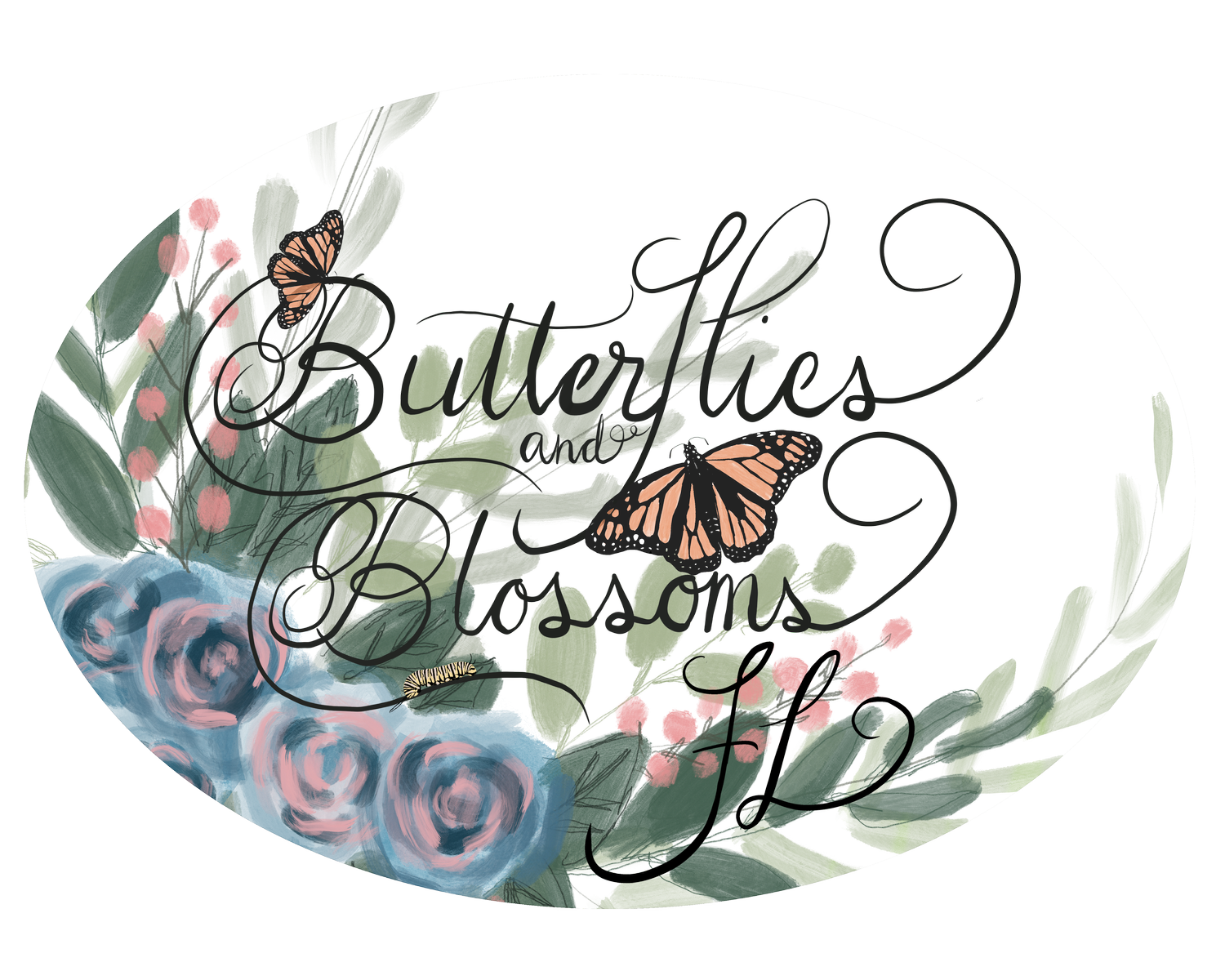Diary of a Gardener The Use of Color In Our Gardens
Artist Marc Chagall said “Color is all. When color is right, form is right. Color is everything, color is vibration like music; everything is vibration.”
Color in our gardens affects as strongly. I would argue it can be as effective as the plant choices and their placement. Yellow, orange, and red attract our eyes, but blue and green allow us to feel serenity and peace as our eyes graze along the landscape. Using color in our gardens sets a mood. Yellows bring us happiness. Orange and red demand energy and punch us with attention. The most soothing color is green. Green comes in many shades, which is why Mother Nature surrounded us with the color that we will feel most nurtured. Often, we find green to be therapeutic.
According to Jan Johnsen in Gardentopia, “color is nature’s communication system.” Pollinators are attracted to bright colored blooms such as orange, red, yellow, and purples. Although, often frowned upon to use a fruit cocktail of colors, I certainly have in my own garden, the eye flows better and with repetition of colors your landscape will be more cohesive. But as Gertrude Jekyll, one of the great English garden designers said, “as for the matter of color, what may be observed is simply without end.”
When I speak with new clients about designing their landscapes one of my first questions is, what colors do you like and not like? This is important for many reasons. The colors often need to be complimentary to their existing plants as well as the color of the home. Also, what one person loves, the other person does not. I have heard everything from no pinks and white, to no reds, to no yellow. Thankfully, green is never on that list. A garden with no green, is simply no garden at all.
Personally, I would love to create an all-white or “moon” garden. A moon garden is one that is meant to be enjoyed after sunset and typically is with all white flowers, because they would be seen in the dark. A garden of rolling white roses, Moonflower vine, white geraniums and gardenias and top it off with night blooming jasmine to create the ultimate sensory experience of sight and smell.
Do not be afraid to combine contrasting colors such as orange and purple, or red and orange. Combining colors of the same shades of purple or pink creates depth. To help break up the constant tones add a touch of white. Accented green on white foliage is also a wonderful way to bring depth into your landscape such as the white veins on caladium leaves, Rex begonias or variegated Liriope.
Speaking of variegated plants. They simply are my favorite. When plants are not in bloom the white and green help to add color to an always green landscape. Variegated Bougainvillea Ice are beautiful plants. When blooming they could be white, purple, pink, and even yellow but when not in bloom they add a little flavor.
Color is also something that is easy to play with for us Florida gardeners. Because we have a 12-month growing cycle many of our plants are not deciduous. For ease of maintenance, we plant shrubs and trees to withstand 12 months of extreme weather. However, adding annuals or perennials to our borders helps to break up those monotonous green cycles. For us hot weather gardeners, adding annuals in the winter to carry us to late spring helps keep our gardens alive. Also, in the fall many big box stores carry Mum’s, ornamental kale and cabbage and our ornamental grasses are blooming. Although it still feels like summer, our minds can imagine we are in a corn maze with cooling temperatures. Fake it till you make it, right? Use color to create the feeling you want.
If you love color and want plants of every color of the rainbow in your landscape, please go right ahead. If that is what you love, that is what you should plant. Just a word of advice. Plant a lot of a little. Plant a lot of the same plants over and over. The repetition of plants vs one of every variety will tie your landscape with a nice bow. So, if you want white, pink, and purple plants, choose one plant such as Geraniums in all the colors you wish to have and plant as many colors as possible of that one plant.
That goes for those of you wanting to stick with similar colors as well. After choosing our foundation plants, repeat those over and over. When you get to the border plants, choose the same plants over and over to stay in repetition of texture and color. Rinse and repeat.
If you are looking to create a formal or informal garden. Or if you are looking for a pollinator friendly garden and not sure where to start, schedule a consultation for us together to find the best color scheme and design for your landscape. As always, remember there are no bad choices, the only bad choice is the one you do not like.
Keep growing!

